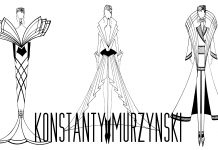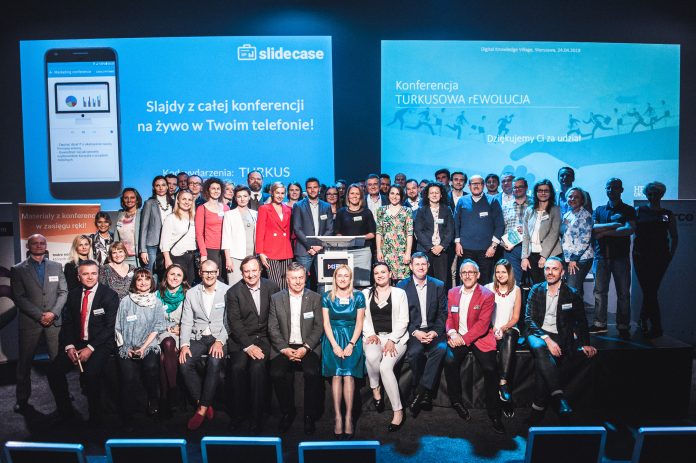Theories of management have changed over the years. They were shaped by people like Machiavelli, Adam Smith or Peter F. Drucker. Nowadays, we have new concept called turquoise management, which was created by Frederic Laloux. At first sight theory seems utopian, however many companies successfully used it and get satisfying results.
Future is born in front of our eyes
With the end of twentieth century humanity thought everything is already accomplished. Next few years showed how wrong we were. Thanks to unlimited access to informations we’re witnessing the huge  development of new technologies and also get to know new theories or ideas. The world is evolving and changes are visible in every aspect of our lives. In conclusion, new and original concepts of management arise. In the newest theory, concept of the boss is changing – the boss and workers are equal, sometimes even called as partners in the company. Could it be only Utopia…
development of new technologies and also get to know new theories or ideas. The world is evolving and changes are visible in every aspect of our lives. In conclusion, new and original concepts of management arise. In the newest theory, concept of the boss is changing – the boss and workers are equal, sometimes even called as partners in the company. Could it be only Utopia…
Short history of management
One of the oldest theoretician of management, Machiavelli, lived in fifteenth century. His biggeest work, The Prince, is still the canon for managers at every position, while its meaning can be described as: the main goal justify the ways to achieved it. Through the years directions made by Machiavelli were helpful for kings, bishops, presidents or even CEO’s or directors of business organizations. Many scientists and theoreticians studied all the different theories about management. One of these is Adam Smith, the father of classical theories, but also Peter F. Drucker, who actually created the modern model of control in business organizations, which include social activity, as a way to self development of worker. Today we see another revolution in that matter. Frederic Laloux formed new theory and called it turquoise management.
Evolution in five steps
Aforementioned Frederic Laloux in his publication, Work differently, writes about management in many areas and categorizes it due to colors. The red color symbolizes primary groups such as gangs or mafias. Amber color is for highly hierarchical organisations, like army or church. The red one describes corporations focused on the profit. Color green is for groups, where position of manager is synonym for teacher or mentor. The last form, according to Laloux, is the turquoise management. The newest and also revolutional theory is based on the idea of co-creating the company by all workers. Every each person is doing what they are the best at, there is no supervision, and details about another projects are decided by people with the most experiences in particulars topics. Also, each individual decides personally about salary. Rules of turquoise management might seem abstract. Is this even possible for firms to work with such regulations?
Amber color is for highly hierarchical organisations, like army or church. The red one describes corporations focused on the profit. Color green is for groups, where position of manager is synonym for teacher or mentor. The last form, according to Laloux, is the turquoise management. The newest and also revolutional theory is based on the idea of co-creating the company by all workers. Every each person is doing what they are the best at, there is no supervision, and details about another projects are decided by people with the most experiences in particulars topics. Also, each individual decides personally about salary. Rules of turquoise management might seem abstract. Is this even possible for firms to work with such regulations?

Turquoise in practice
Even the best of the best theories have to pass practice test to actually work in reality. At first all the assumptions and rules of turquoise management seem utopian and impossible to work in everyday life. But there are many companies and big establishments that actually use this kind of management model. Some of them are AES, which hire around forty thousands workers, or Buurtzog, company from Netherlands that associate more than eight thousand nurses. Another example are LeanCE preschools or Marco company from Gliwice. What’s the most amazing but also suprising is that these companies are doing very well on the market and also achieve good financial results. What will happen next…Is turquoise management going to dominate the future of business? To answer that we need to wait a little more.
In Poland, turquoise management in work, but also in life, is promoted by Karolina Hudowicz, author and organizer of project and Conference „TURQUOISE rEVOLUTIONS”, but also creator of the program „Holilider Academy” and postgraduate studies „HOLILIDER – Integral Leader of the Oganizations of the Future”.

In next issue of Why Story magazine will be published interview with Ms Karolina.












































































